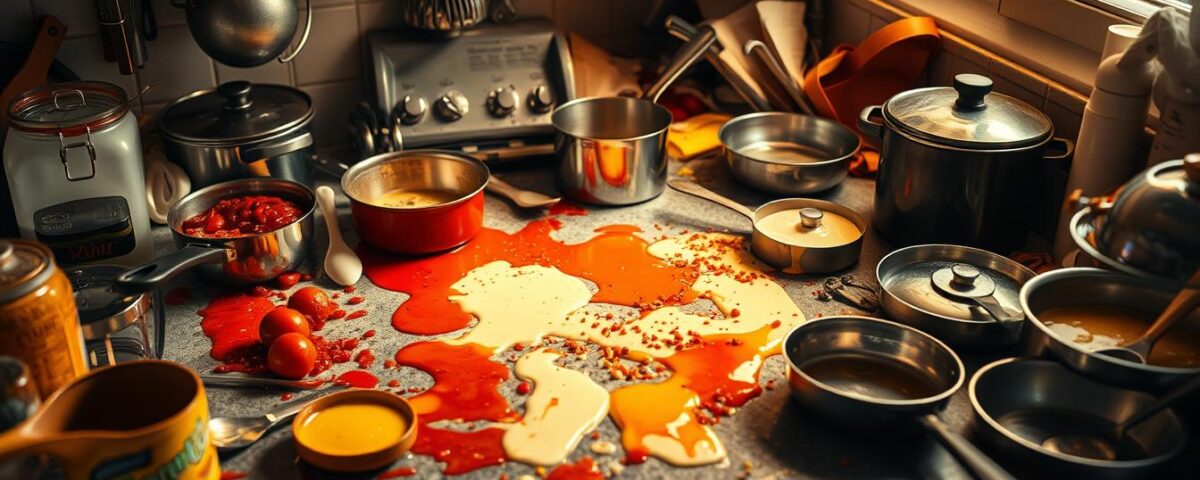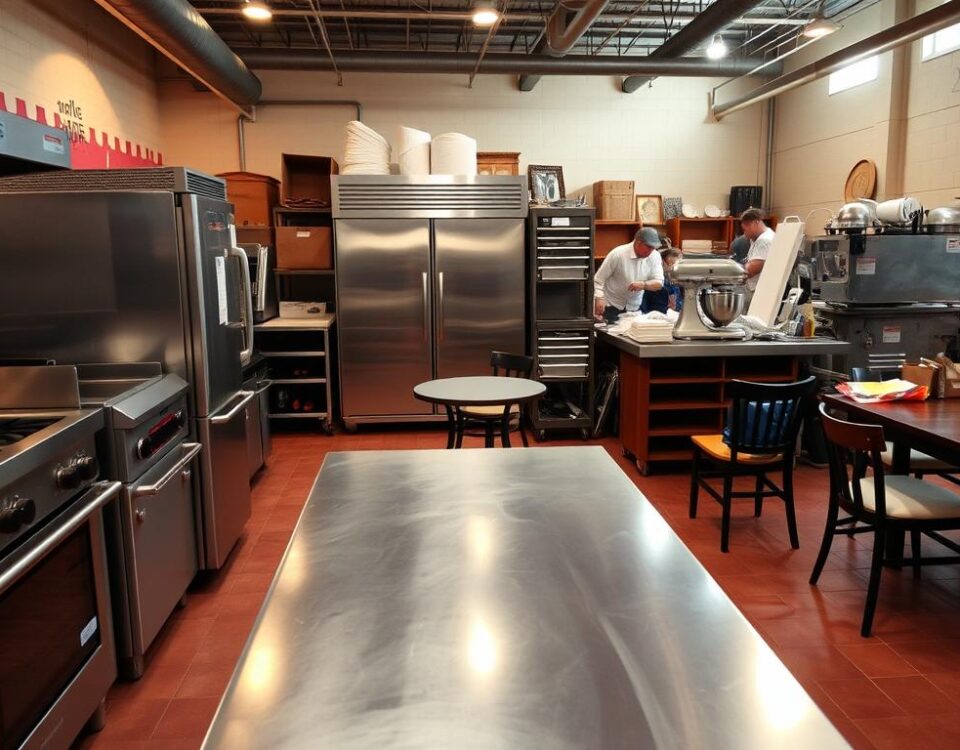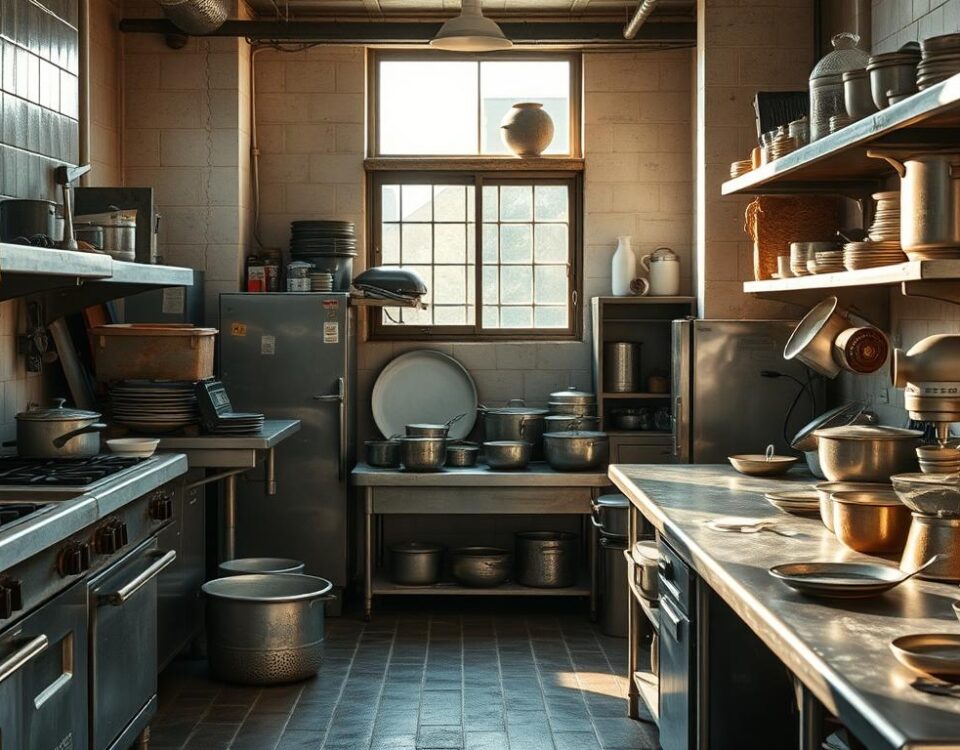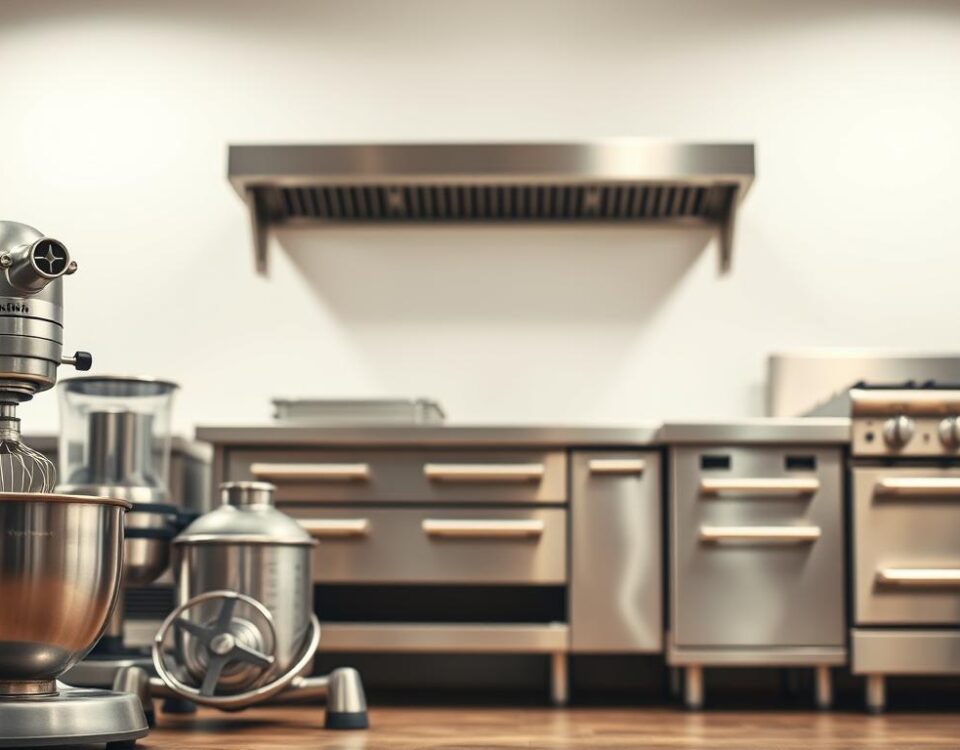
Restaurant Kitchen Automation: 6 Smart Tools That Cut Labor and Boost Profit
June 23, 2025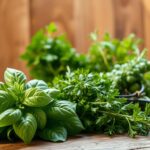
How Chefs Keep Herbs Fresh for Days in Commercial Kitchens
June 24, 2025As a home cook, I’ve spent years perfecting my sauce-making techniques, learning through both triumphs and disasters in my kitchen. Making homemade sauces instead of relying on store-bought options is one of the most satisfying culinary accomplishments, offering better flavor and control over ingredients.
Even experienced cooks make common errors that can ruin an otherwise perfect dish. Surprisingly, a poorly made sauce can be the downfall of an entire meal. Understanding the science behind different sauce types helps avoid common pitfalls like breaking emulsions or incorrect consistency.
In this comprehensive guide, I’ll share the top 10 sauce mistakes I’ve encountered and overcome, providing practical solutions to transform your cooking process. Can you afford to let a simple mistake ruin your next dinner party?
Key Takeaways
- Understand the science behind different sauce types to avoid common pitfalls.
- Learn how to fix common sauce mistakes to elevate your cooking.
- Discover practical solutions to transform your sauce-making process.
- Improve your cooking skills with tips on texture and flavor.
- Avoid breaking emulsions or incorrect consistency in your sauces.
Understanding the Importance of Proper Sauce Technique
A well-crafted sauce can transform a simple meal into a culinary masterpiece. The art of sauce making is a fundamental skill in cooking that can elevate the flavor of any dish.
Why Sauces Can Make or Break Your Dish
Sauces play a crucial role in the overall taste and presentation of a meal. A good sauce can enhance the flavor, while a poorly made one can ruin the entire dish. As I always say, “A good sauce is like a good friend – it makes everything better.”
The Satisfaction of Mastering Homemade Sauces
Creating sauces at home allows for control over ingredients and flavor adjustments, making it a satisfying experience. Mastering different sauce techniques improves overall cooking abilities and understanding of flavor development. With practice, anyone can become proficient in making delicious sauces that complement various recipes.
Common Sauce Mistakes and Their Solutions
The art of sauce making is nuanced, and understanding where things can go wrong is essential for success. Sauces are a critical component of many dishes, and even small mistakes can significantly impact the final product. In this section, we’ll explore common sauce mistakes and provide practical solutions to help you improve your cooking.
Overcooking Marinara Sauce
Marinara sauce is a staple in many Italian dishes, but overcooking can lead to a bitter, unpleasantly thick sauce. To avoid this, cook your marinara sauce on low heat, stirring occasionally, and monitor its consistency closely. Adding a splash of red wine or tomato paste can enhance flavor without overcooking the sauce.
Using the Wrong Cheese Ratio in Cheese Sauce
A cheese sauce that’s too runny or too thick can ruin an otherwise great dish. The key is finding the right balance between cheese, milk, and thickening agents. For a smooth cheese sauce, use a mix of cheddar and Parmesan, and adjust the amount of milk to achieve your desired consistency. Remember, you can always add more cheese or thickening, but it’s harder to fix a sauce that’s too cheesy.
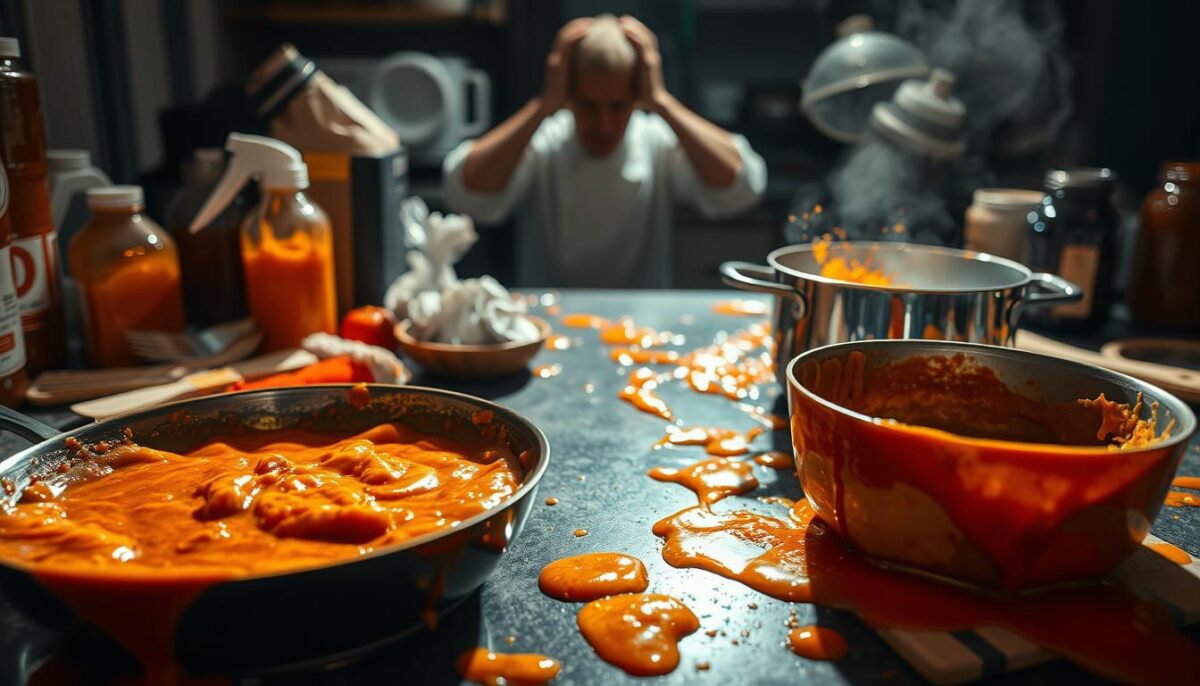
Breaking Your Hollandaise Emulsion
Hollandaise sauce is notoriously finicky, and breaking the emulsion is a common issue. To prevent this, slowly whisk in warm butter into egg yolks, ensuring the mixture stays warm but not hot. If your sauce breaks, don’t panic; whisking in a little warm water or lemon juice can often repair the emulsion.
Creating Lumpy or Gummy Gravy
Lumpy or gummy gravy can be a disappointment, especially when serving meat dishes. To avoid lumps, whisk your roux thoroughly before adding liquid, and ensure the gravy simmers long enough to thicken properly. For a silky gravy, strain it before serving to remove any lumps.
Applying Barbecue Sauce at the Wrong Time
Timing is everything when applying barbecue sauce. Applying it too early can result in burnt, bitter sauce. Brush your barbecue sauce onto meats during the last 10-15 minutes of cooking, allowing it to caramelize slightly without burning.
| Sauce Type | Common Mistake | Solution |
|---|---|---|
| Marinara | Overcooking | Cook on low heat, monitor consistency |
| Cheese Sauce | Wrong cheese ratio | Balance cheese, milk, and thickening agents |
| Hollandaise | Breaking emulsion | Slowly whisk in warm butter, repair with warm water or lemon juice |
Making Cranberry Sauce Too Thick or Too Thin
Cranberry sauce can be tricky to get right, as it can quickly become too thick or remain too runny. Adjust the amount of sugar and water to achieve your desired consistency, and remember that cranberry sauce thickens as it cools.
Overcomplicating Marinara with Too Many Ingredients
Sometimes, less is more. Overcomplicating marinara sauce with too many ingredients can dilute its flavor. Stick to the basics: tomatoes, garlic, olive oil, and herbs, and you’ll have a delicious, straightforward marinara.
“The discovery of a new dish does more for human happiness than the discovery of a new star.” – Jean Anthelme Brillat-Savarin
Rushing the Sauce-Making Process
Patience is a virtue when making sauces. Rushing the process can lead to undercooked or overcooked sauces. Allow your sauces to simmer and reduce, stirring occasionally, to develop deep, rich flavors.
Improperly Seasoning Your Sauce
Seasoning is crucial for a great sauce. Taste and adjust seasoning throughout the cooking process, as flavors can change significantly during cooking. Don’t be afraid to add a pinch of salt or a squeeze of lemon juice to brighten your sauce.
Discarding Pasta Water Instead of Using It
I’ve learned that throwing away pasta water is a missed opportunity for creating silky, restaurant-quality pasta dishes. The starchy water helps sauce adhere to pasta and creates a more cohesive final dish. Reserve about ¼ cup of pasta water before draining, then add it to your sauce. For more tips on crafting the perfect pasta sauce, check out these expert tips.
By understanding and avoiding these common sauce mistakes, you can elevate your cooking and create dishes that are sure to impress. Whether you’re making a simple marinara or a complex hollandaise, the right techniques and a bit of practice will help you master the art of sauce making.
My Personal Experience with Sauce Mistakes
As I reflect on my journey in the kitchen, I realize that mastering sauces has been a game-changer for my cooking. I’ve learned that a good sauce can elevate a dish from ordinary to extraordinary.
Through my experiences, I’ve identified common sauce mistakes and learned how to fix them. This knowledge has not only improved my cooking but also given me the confidence to experiment with new recipes.
Lessons Learned from My Kitchen Disasters
I’ve had my fair share of sauce-related kitchen disasters, but they’ve taught me valuable lessons. For instance, I learned that overcooking marinara sauce can result in a bitter flavor, while using the wrong cheese ratio in cheese sauce can affect its texture.
| Sauce Type | Common Mistake | Fix |
|---|---|---|
| Marinara | Overcooking | Cook for a shorter time |
| Cheese Sauce | Wrong cheese ratio | Adjust cheese ratio |
| Hollandaise | Breaking emulsion | Slowly add liquid |
How These Fixes Transformed My Cooking
By applying these fixes, I’ve noticed a significant improvement in my cooking. My dishes are now more flavorful, and I’ve gained the confidence to experiment with new recipes. Some of the benefits I’ve experienced include:
- Elevated home cooking to restaurant quality
- Increased confidence in experimenting with complex recipes
- Improved flavor profiles in my dishes
- Better understanding of ingredient interactions and cooking chemistry
By mastering sauces, I’ve transformed sauce-making from a source of anxiety to one of my favorite parts of the cooking process.
Conclusion: Elevating Your Cooking Through Better Sauce Techniques
The art of sauce-making is a journey that requires patience, practice, and persistence. By understanding common sauce mistakes and how to fix them, you can elevate your cooking and achieve consistently delicious results. Properly balanced flavor and texture are key to making great sauces. With time and practice, you’ll master the techniques to create sauces that enhance even the simplest ingredients. I encourage you to view sauce mistakes as valuable learning opportunities, and with these tips, you’ll be well on your way to creating impressive sauces at home.
FAQ
How can I prevent my hollandaise sauce from breaking?
To prevent hollandaise from breaking, I slowly whisk in warm butter into egg yolks, ensuring a smooth emulsion. If it starts to break, I immediately whisk in a little warm water to stabilize it.
What’s the ideal cooking time for marinara sauce?
I find that simmering marinara sauce for at least 30 minutes allows the flavors to meld together and intensify, resulting in a richer taste.
How do I achieve the perfect consistency for my gravy?
To achieve the right consistency, I mix a little starch with cold liquid before adding it to the hot gravy, whisking constantly to avoid lumps.
Can I use garlic in every type of sauce?
While garlic is a versatile ingredient, it’s not suitable for every sauce. For example, I avoid using garlic in sweet cranberry sauce, as it clashes with the flavor profile.
How do I rescue a lumpy or gummy gravy?
If my gravy becomes lumpy or gummy, I strain it through a fine-mesh sieve to remove the lumps, then whisk in a little more liquid to achieve the desired consistency.
What’s the best way to season my sauce?
I season my sauce gradually, tasting as I go, to ensure it’s balanced and flavorful. I add a pinch of salt to bring out the flavors and adjust to taste.
Can I make sauces ahead of time?
Many sauces can be made ahead of time, but some, like hollandaise, are best made fresh. I refrigerate or freeze sauces like marinara or barbecue sauce to use later, reheating them gently before serving.
